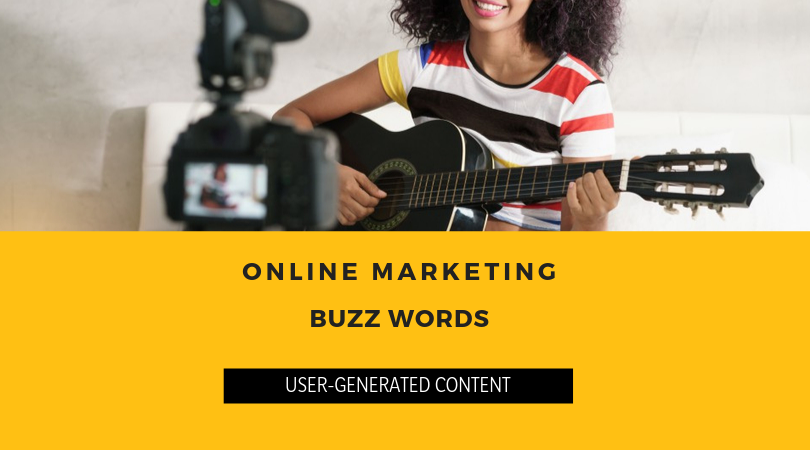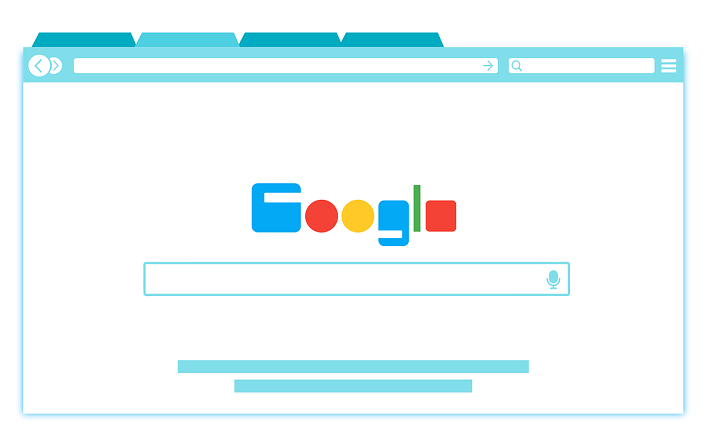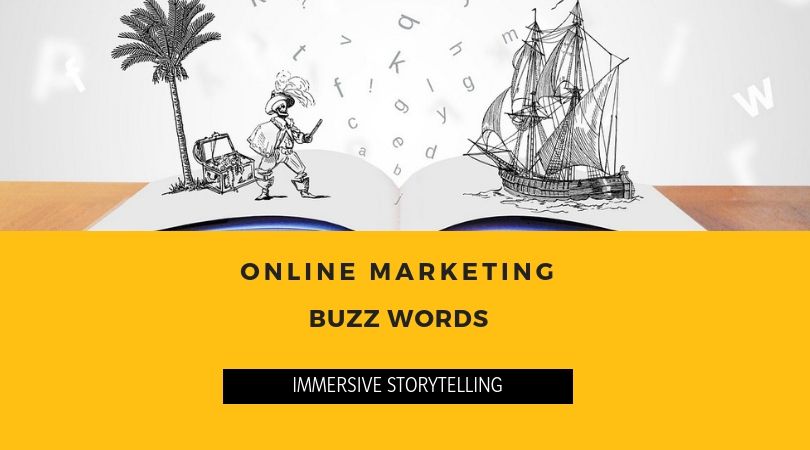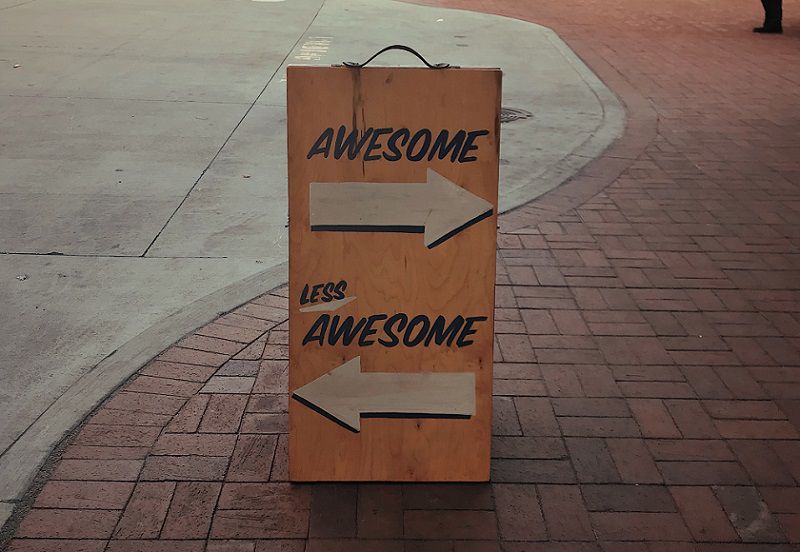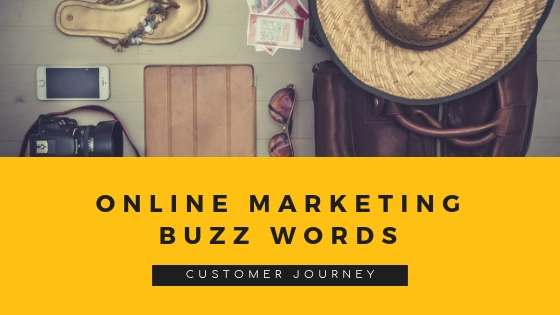Navigating Website Traffic Purchase: A Wise Move?
In the high-speed expressway of the internet, website traffic is the fuel that powers your online presence, propelling visibility, and fostering growth. Yet, amidst the rush to escalate site visits, many ponder the viability of buying website traffic. Is it a shortcut to success or a detour to dismay? With insights drawn from industry stalwarts
Details

